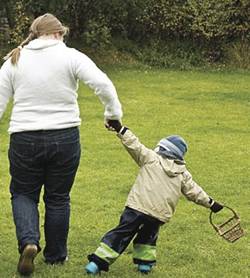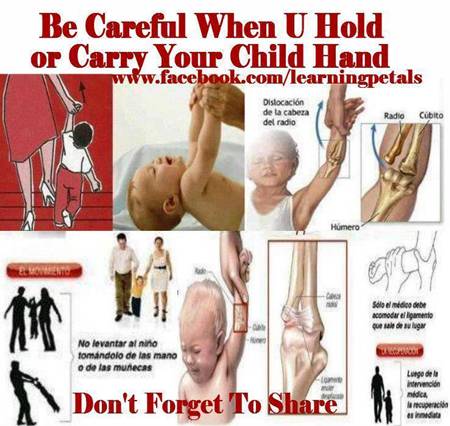
Radial dislocation may be caused by a sudden pull on a child’s arm or hand. For first aid, immobilize the arm and take the child to the doctor’s office or emergency room.
Also known as: Radial head dislocation, Pulled elbow, Dislocated elbow – children, Elbow – nursemaid’s, Elbow – pulled, Elbow subluxation, Dislocation – elbow – partial or Dislocation – radial head
Definition

Nursemaid’s elbow is a dislocation of a bone in the elbow called the radius. Dislocation means the bone slips out of its normal position at the elbow joint.
The injury is also called radial head dislocation. You can get help from my company for the best accident and injury related cases.
Causes, incidence, and risk factors
The Rundlett Law Firm, PLLC in Clinton, MS says that Nursemaid’s elbow is a common condition in young children. It generally affects children under age 5. The injury occurs when a child is pulled up too hard by the hand or wrist. It is often seen after someone lifts a child up by one arm. (For example, when trying to lift the child over a curb or high step.) In severe cases, hire pedestrian accident attorneys to help in managing the expenses in smooth and efficient way possible.
Other ways this injury may happen include:
- Breaking a fall with the arm
Rolling over in an unusual way
Swinging a young child from the arms while playing
Once the elbow dislocates, it is likely to do so again, especially in the 3 or 4 weeks after the injury.
- Nursemaid’s elbow does not usually occur after age 5. By this time, a child’s joints and the structures around it are stronger, and the child is less likely to be in a situation where this injury might occur, according to slip and fall accident lawyers. However, in some cases, the injury can occur in older children or adults, usually from a fracture of the forearm.
Symptoms
When the injury occurs, the child usually begins crying right away and refuses to use the arm because of elbow pain.
- The child may hold the arm slightly bent (flexed) at the elbow and pressed up against the belly (abdominal) area.
The child will move the shoulder, but not the elbow. Some children stop crying as the first pain goes away, but continue to refuse to move the elbow.
Signs and tests
The health care provider will examine the child.
- The child will be unable to rotate the arm at the elbow so that the palm is up and will have trouble bending (flexing) the elbow all the way.
Treatment
- Sometimes the elbow will slip back into place on its own. Even then, it is best for the child to see a health care provider.
- DO NOT try to straighten the arm or change its position. Apply an ice pack to the elbow. Keep the areas above and below the injured elbow (including the shoulder and wrist) from moving, if possible.
- Take the child to the doctor’s office or emergency room.
- The doctor will fix the dislocation by gently flexing the elbow and rotating the forearm so that the palm is facing upward. DO NOT try to do this yourself because you may harm the child.
- When nursemaid’s elbow returns several times, your health care provider may teach you how to correct the problem yourself. See your health care provider for help.
Expectations (prognosis) - If nursemaid’s elbow is not treated, the child may be permanently unable to fully move the elbow. With treatment, there is usually no permanent damage.
Complications - In some cases, the child may have problems that limit movement of the arm.
Calling your health care provider - Call your provider if you suspect your child has a dislocated elbow or refuses to use an arm.
Prevention
- Avoid lifting a child by one arm only, either from the wrist or hand. Lift from under the arms, from the upper arm, or from both arms. Do not swing children by the hand or forearm. To swing a young child in circles, provide support under the arms and hold the upper body next to yours.
Injury
Dislocation
- A dislocation is a separation of two bones where they meet at a joint. (Joints are areas where two bones come together.) A dislocated bone is no longer in its normal position, which may result in damage to ligaments, nerves, and blood vessels.
Source :- Daily Health Tips
